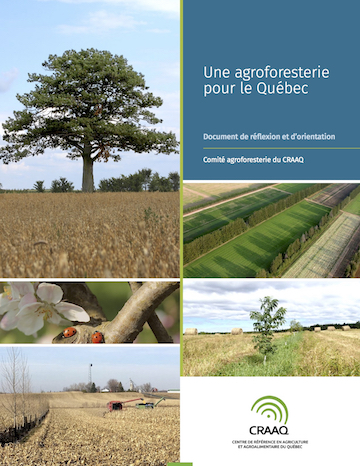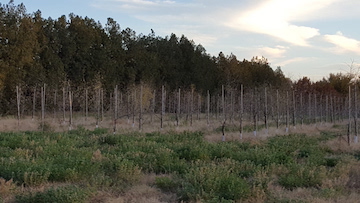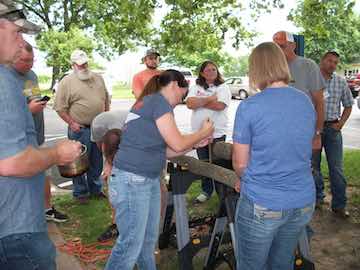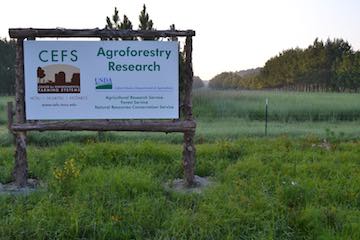Windbreaks on the Great Plains: A Historical Perspective Using GIS

The Prairie States Forestry Program (PSFP) was initiated in 1935 to combat severe soil erosion from the Dust Bowl years. Over the course of the next 7 years, the U.S. Forest Service, working with the Works Progress Administration and the Civilian Conservation Corps, planted nearly 220 million seedlings in the Great Plains. These plantings, known as windbreaks or shelterbelts, created 18,600 miles of linear strips of trees from North Dakota through Texas (Williams 2005). Windbreaks play an important role on the landscape in the plains region. These linear plantings of trees and shrubs are designed to enhance crop production, protect structures and livestock, and benefit soil and water conservation (Figure 1). Windbreaks also provide habitat for wildlife and pollinators, sequester carbon, provide income opportunities and enhance aesthetics.
- Details
- Written by Todd Kellerman, USDA National Agroforestry Center
- Parent Category: 2017 Vol. 23
- Category: Volume 23 No. 2 Dec 2017








